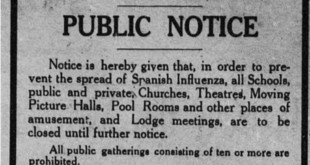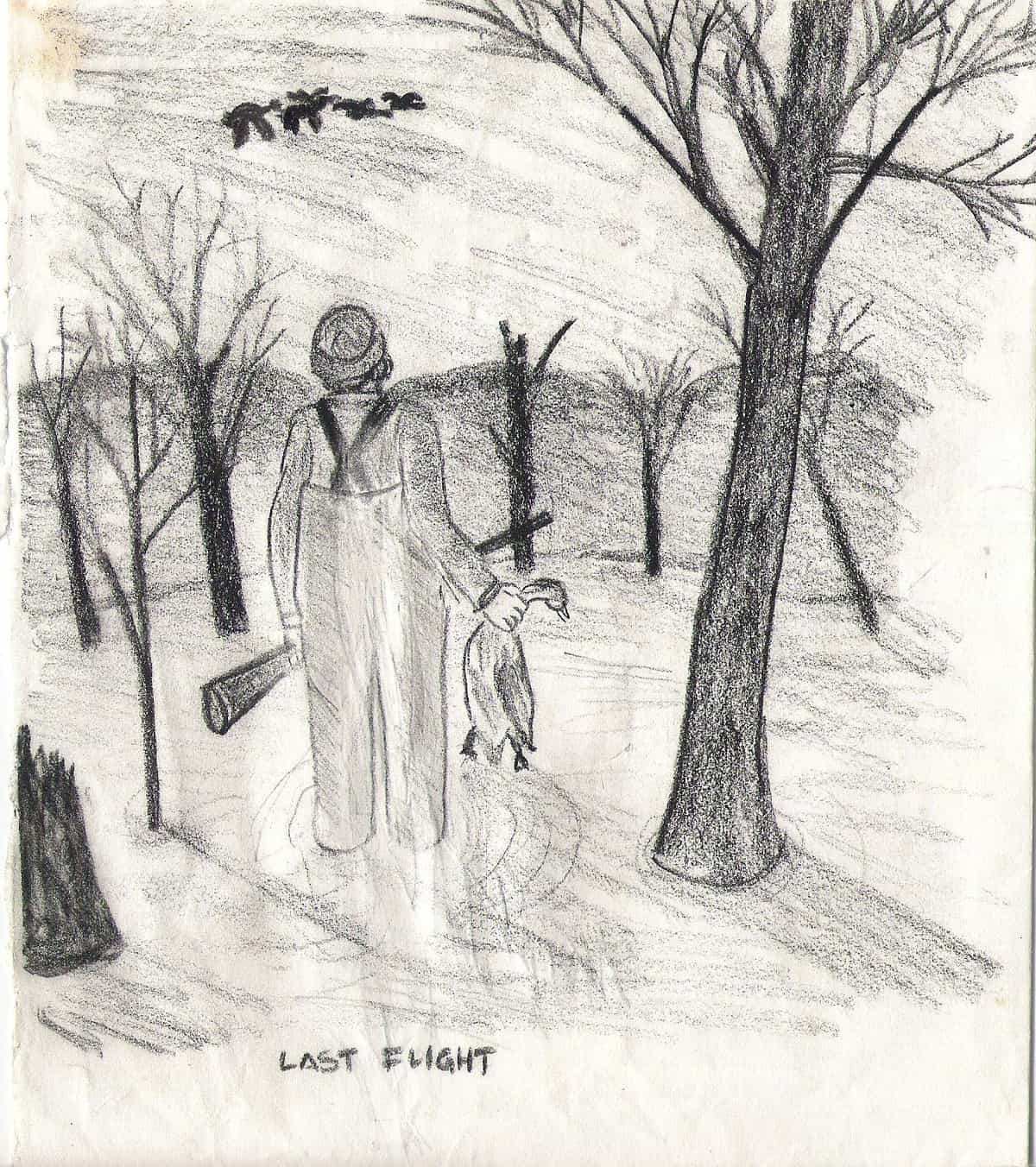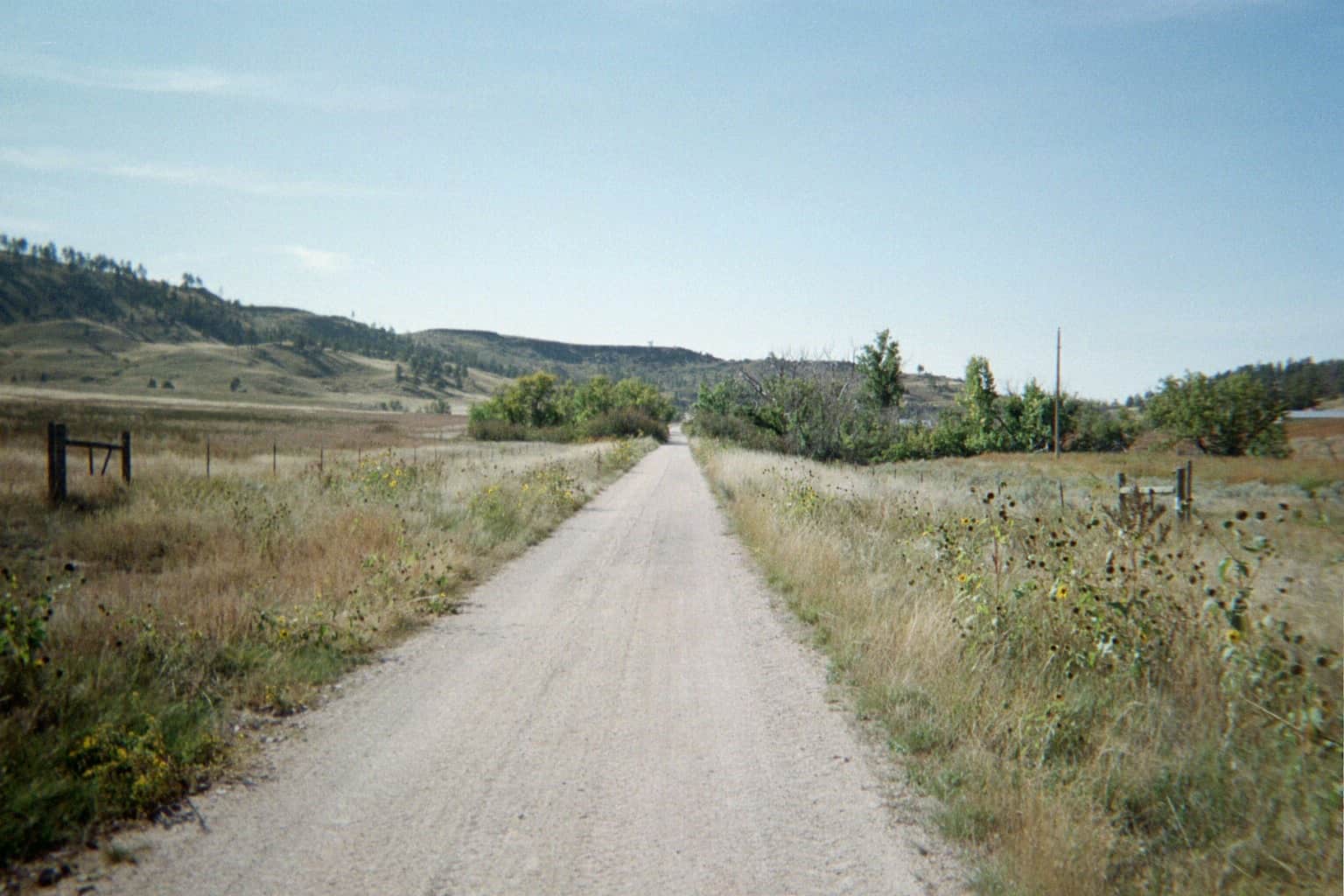Listen to an Audible audiobook free sample of As the Crow Flies. A Time to Read There have been so many challenges and opportunities during this time of uncertainty. I’m reminded of a quote in The Art of War by Sun Tzu, “In the midst of chaos, there is an opportunity.” Webster’s defines opportunity as a “good chance for …
Read More »Trail Magic
Trail Magic “Be ye kind one to another.” -Paul in Ephesians 4:32 Frank and I climbed up a steep ridge on the north Georgia part of the Appalachian Trail. We were on a remote and dry portion of the Trail and were parched on this warm day. Our water bottles were empty and we consulted a guidebook for the next …
Read More »Lightening your Load
Good thoughts for an uncertain time: Lightening your Load I love to hike along the Appalachian Trail (or the “A.T.” as it is called.) One thing backpacking quickly teaches you is the priority of traveling light. When you are carrying a 30-40 pound pack on your back for 10-15 miles per day, you quickly learn what not …
Read More »How to Fight a Bear
How to Fight a Bear I’ve got hiking fever. It’s strikes me several times a year and I find my heart, if not my feet, on a trail in Arkansas or the Appalachian Mountains. In both of these hiking locales, encountering black bears does occur. I want to share a few good bear stories along with information from a “Bear …
Read More »“Uncle Quincy’s Goose” from ‘Wind in the Pines’
Uncle Quincy’s Goose (From Curt Iles’s third book, Wind in the Pines.) “He who guards his mouth and his tongue keeps himself from calamity.” -Proverbs 21:23 You are probably familiar with the old story of the gossip who was confronted for spreading an untruth throughout the community. The offending “tale-bearer” apologized and volunteered to go back to …
Read More »Travel Light and De-Clutter: A Backpacker’s Toothbrush
A Good Time to “De-clutter” As many of you know from my stories I love to hike in the Ozark Mountains of Arkansas and along the Appalachian Trail (or the “A.T.” as it is called.) One thing backpacking quickly teaches you is the priority of traveling light. When you are carrying a 30-40 pound pack on your back for …
Read More »One Step at a Time
One Step at a Time I will instruct you and teach you in the way you should go; I will counsel you with my loving eye on you. -Psalms 32:8 I grew up in the woods at the end of a dead-end country road. Clayton Iles Road was unpaved a mile long, and extremely dark on moonless nights. It’s …
Read More »January 1: Lagniappe
A word from Curt The following story, about King George VI and his famous Christmas message and poem to the British people during the darkest days of the War. Scroll down to read this remarkable story January 1 Lagniappe A New Year This is the final post from our book, Christmas Jelly. We’ve enjoyed visiting with you during the …
Read More »Dec. 31: “Finishing Strong” Last Day of the Year
December 31 New Year’s Eve Finishing Strong Ted Williams is generally considered the greatest hitter in the history of major league baseball. Two events from his career speak about the concept of “finishing strong.” In 1941, Williams entered the last day of the season with a batting average of .3995. This would qualify him for a rounded off …
Read More »December 30 Moving Out
A Word from Curt Grateful. Gratitude is one of my 6+ words for 2016. I’m thankful for the wonderful gifts in my life. Today I’m thankful to have the calling of writing. It’s what I do. Who I am. I’m thankful that you have chosen to read this blog and allow my heart to hopefully …
Read More »Dec. 26. . . and now it begins: Bah Humbug Week
For the next week, through January 1, I’ll share a daily short short story with thoughts to help us all navigate that wonderful week between Christmas and New Year’s Day. I lovingly call it “Bah Humbug” Week. It can be the most difficult week of the year. Stay tuned daily for a story, thought, or insight that hopefully will make …
Read More »Dec. 25 Christmas Day My Favorite: My Grandpas’ Boots
A Story for Christmas During December we’re featuring one short story per day from my latest book, Christmas Jelly. Today’s story is my favourite from the thirty-two stories.* Enjoy! Christmas Jelly contains thirty-two chapters– 0ne for each day in December plus January 1. MY GRANDPAS’ BOOTS CURT ILES My name is Abe and this …
Read More »Dec. 24 Christmas Eve: “Thoughts on ‘Easy Marks.’ “
An Easy Mark “I’m a thousand miles from anywhere, waiting for a train.” -Jimmy Rodgers “Waiting for a Train” Calling someone an “easy mark” is normally not a compliment. We use it in the context of taking advantage of someone and associate it with weakness. I have a story that explains the term’s origin. I’ll let you—the reader—decide …
Read More »Dec. 23: Christmas Eve-Eve
The Hay’s in the Barn It’s “Christmas Eve-Eve.” Two days until Christmas. It’s close but there’s still time for planning and dreaming. A strong cold front is blowing in as I arrive at Foreman’s Meat Market. Last night we were in shirtsleeves. By tonight it will be freezing. Long vee formations of geese have been flying over all morning. They’re …
Read More » Creekbank Stories Curt Iles, Storyteller
Creekbank Stories Curt Iles, Storyteller










